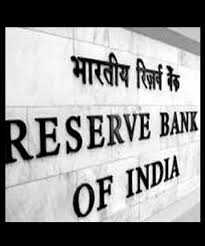
Source :BS Reporter / Mumbai May 7, 2010, 0:40 IST
The Reserve Bank of India (RBI) has rejected a proposal by some banks for having borrower-specific base rates. It has also not allowed them to charge a negative premium while calculating the effective interest rate.
Some banks had sought a few relaxations after RBI came out with final base rate guidelines in April. They asked the regulator if they could be allowed to fix different base rates for different customers and if they could charge a negative premium on the base rate.
Charging a negative premium would have meant lending below the base rate. For instance, if a bank uses the marginal cost of one-year deposits as the benchmark for fixing the base rate, a negative premium will be charged for all loans with tenures of less than 12 months.
RBI, however, stuck to its basic principle, that is, it would not allow any lending below the base rate. Some banks, which are indicating that the base rate will be 8-9 per cent, will not be able to give short-term loans to the corporate sector. This is because interest rates for short-term loans are linked to the overnight rate, which is well below 8 per cent. The regulator also ruled out different base rates for different customers.
In its annual policy for 2009-10, RBI announced a review of the present system of benchmark prime lending rate (BPLR) in order to make loan pricing transparent. It formed a committee headed by Executive Director Deepak Mohanty to review the system.
The proposal was mooted in the backdrop of sticky transmission of monetary policy. In addition, the present BPLR system is marked by high sub-PLR loans, which account for as much as 70 per cent of the total lending in case of some banks.
The committee, which deliberated the issue for about a year, decided to replace BPLR with the base rate and said the new system would become effective from July 1. While RBI gave complete freedom to banks on the methodology to calculate the base rate, it barred them from lending below this rate.
On the parameters that would be used to calculate the base rate, like the tenure of the cost of funds, the central bank gave banks freedom, but said a parameter once chosen would not be allowed to be changed. However, it gave a leeway to banks by allowing them to change the parameters and the methodology for the first six months. This was done to give banks time to refine the system of calculating the rate.
No comments:
Post a Comment